I have to create an image which has two times the number of columns to that of the original image. Therefore, I have kept the width of the new image two times to that of the original image.
Although this is a very simple task and I have already done it but I am wondering about the strange results obtained by doing this task using memcpy().
My code:
int main()
{
Mat image = imread("pikachu.png", 1);
int columns = image.cols;
int rows = image.rows;
Mat twoTimesImage(image.rows, 2 * image.cols, CV_8UC3, Scalar(0));
unsigned char *pSingleImg = image.data;
unsigned char *ptwoTimes = twoTimesImage.data;
size_t memsize = 3 * image.rows*image.cols;
memcpy(ptwoTimes , pSingleImg, memsize);
memcpy(ptwoTimes + memsize, pSingleImg, memsize);
cv::imshow("two_times_image.jpg", twoTimesImage);
return 0;
}
Original Image:
Result
Expected Results:
Question: When the resulting image is just two times to that of the original image then, how come 4 original images are getting copied to the new image? Secondly, the memcpy() copies the continous memory location in a row-wise fashion so, according to that I should get an image which is shown in the "Expected results".




